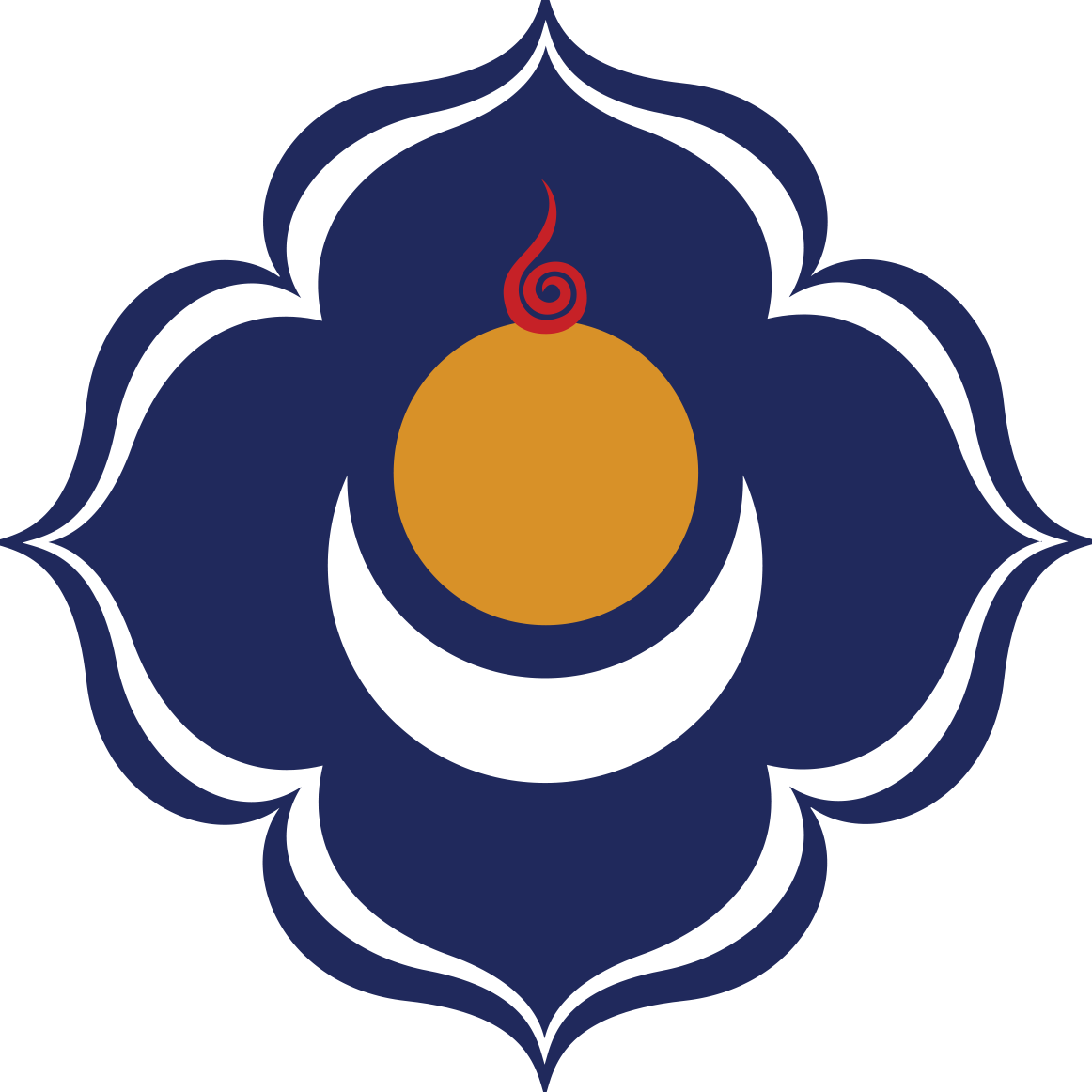རྣལ་འབྱོར།
ABOUT TIBETAN YOGA
Write your awesome label here.
The Tibetan translation of the Sanskrit word ‘yoga’ is naljor (རྣལ་འབྱོར།). Nal (short for nalma) means the primordial uncontrived state, and jor (short for jorwa) means ‘to arrive at, or to connect with’. Like the meaning of the original Sanskrit word yoga, naljor refers to any diverse method which has the aim of bringing the practitioner back to their primordial, unconditioned, and uncontaminated true nature.
There are many different types of yoga in the Tibetan tradition, all of which aim to bring the yogini or yogi back to their original true nature. Such yogas include Creation stage Guru Yogas, and Completion Stage Yogas of Tummo, Illusory Body, Dream, Clear Light, Phowa and Bardo.
Amongst the diverse yogic methods, there is a category of yogas that works with the physical body, posture, breath and movements:
Lujong Trulkhor (including Nejang Yoga):
Yogic practices that train the body and the breath so as to facilitate the balanced and unobstructed flow of the wind energies, to open the channels and the mind and purify and prepare the body and energy for Tsalung and Tummo practices.
Tsalung Trulkhor:
Direct method to work with and transform the channels and winds of the tantric subtle anatomy combining physical exercises and breathwork.
Tummo Yoga:
The first of the Six Yogas of the Dzogrim Completion Stage practices of Vajrayana Buddhism. By producing and mastering yogic heat, Tummo allows the yogi to gain control over all body functions resulting in health, bliss, and direct perception of one's true nature. Through the practice of meditation, visualization, breathwork and physical exercises, one purifies the ordinary body’s channels and energies, thereby transforming it into the deity’s body.
There are many different types of yoga in the Tibetan tradition, all of which aim to bring the yogini or yogi back to their original true nature. Such yogas include Creation stage Guru Yogas, and Completion Stage Yogas of Tummo, Illusory Body, Dream, Clear Light, Phowa and Bardo.
Amongst the diverse yogic methods, there is a category of yogas that works with the physical body, posture, breath and movements:
Lujong Trulkhor (including Nejang Yoga):
Yogic practices that train the body and the breath so as to facilitate the balanced and unobstructed flow of the wind energies, to open the channels and the mind and purify and prepare the body and energy for Tsalung and Tummo practices.
Tsalung Trulkhor:
Direct method to work with and transform the channels and winds of the tantric subtle anatomy combining physical exercises and breathwork.
Tummo Yoga:
The first of the Six Yogas of the Dzogrim Completion Stage practices of Vajrayana Buddhism. By producing and mastering yogic heat, Tummo allows the yogi to gain control over all body functions resulting in health, bliss, and direct perception of one's true nature. Through the practice of meditation, visualization, breathwork and physical exercises, one purifies the ordinary body’s channels and energies, thereby transforming it into the deity’s body.
We can take back control of our bodies and our days and nights. Learning and developing habits based on the self-knowledge inculcated by the practice of Nejang is a big step toward feeling better, more well, more capable, and more free.
PROFESSOR ROBERT THURMAN

